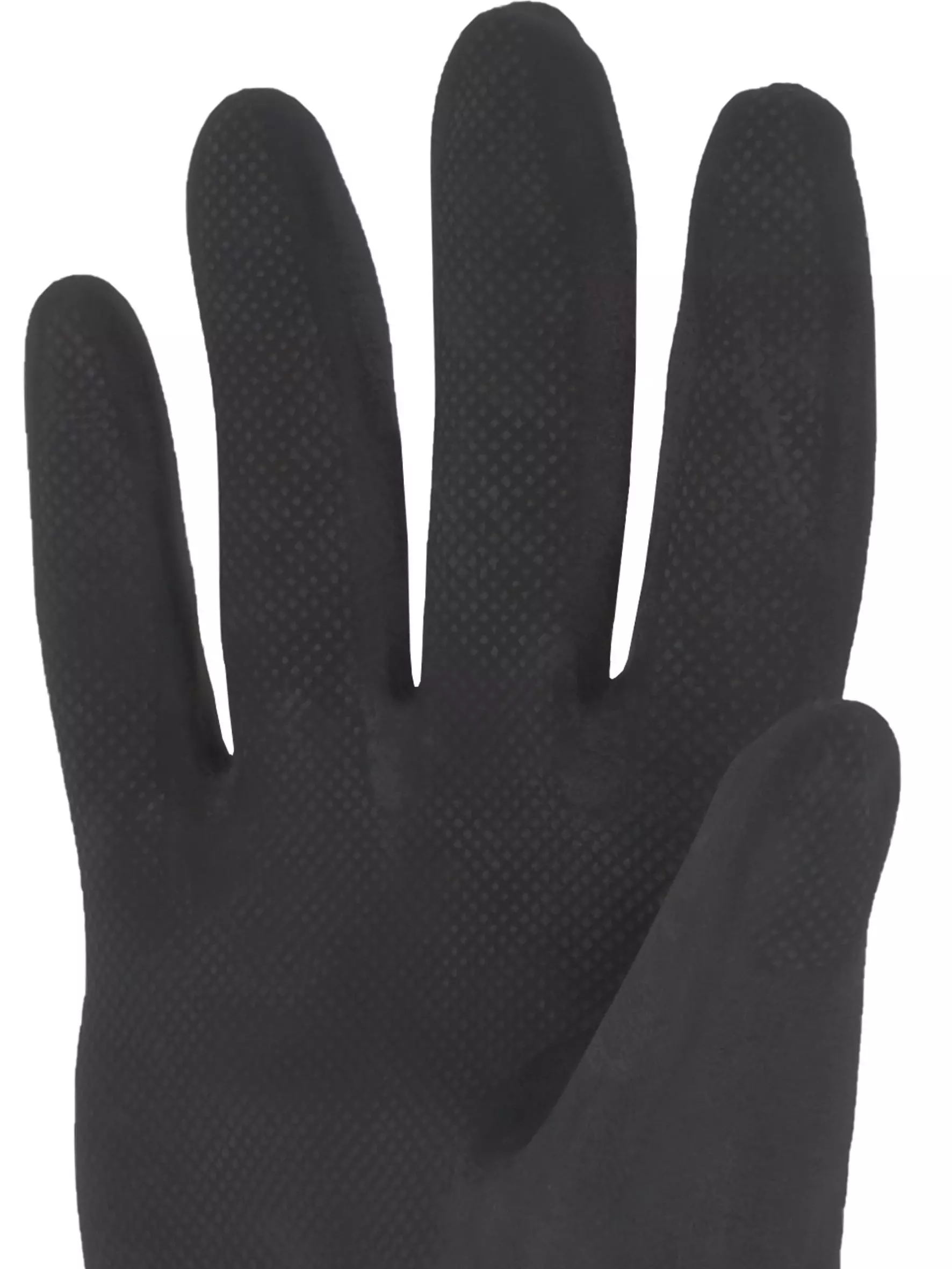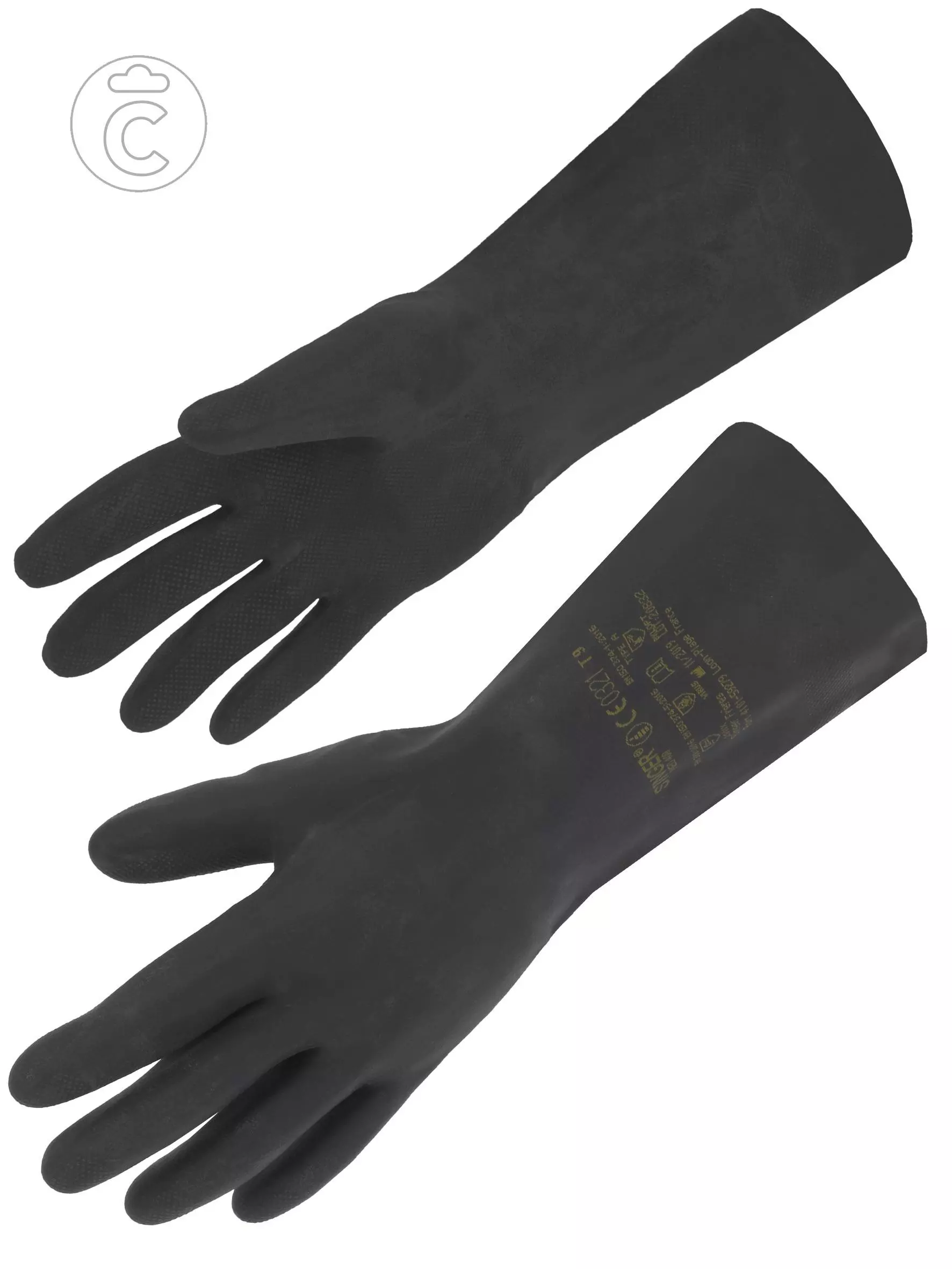
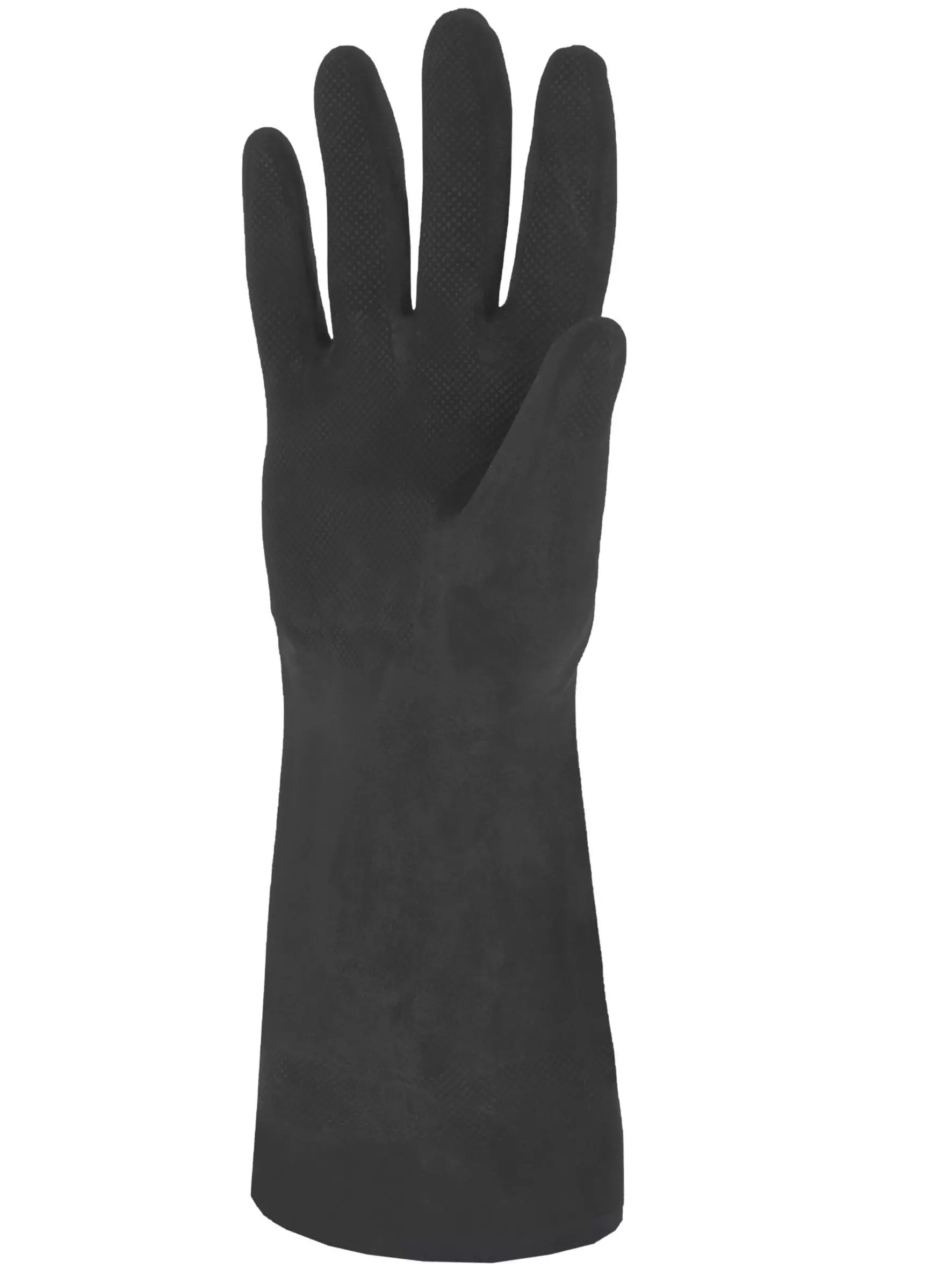
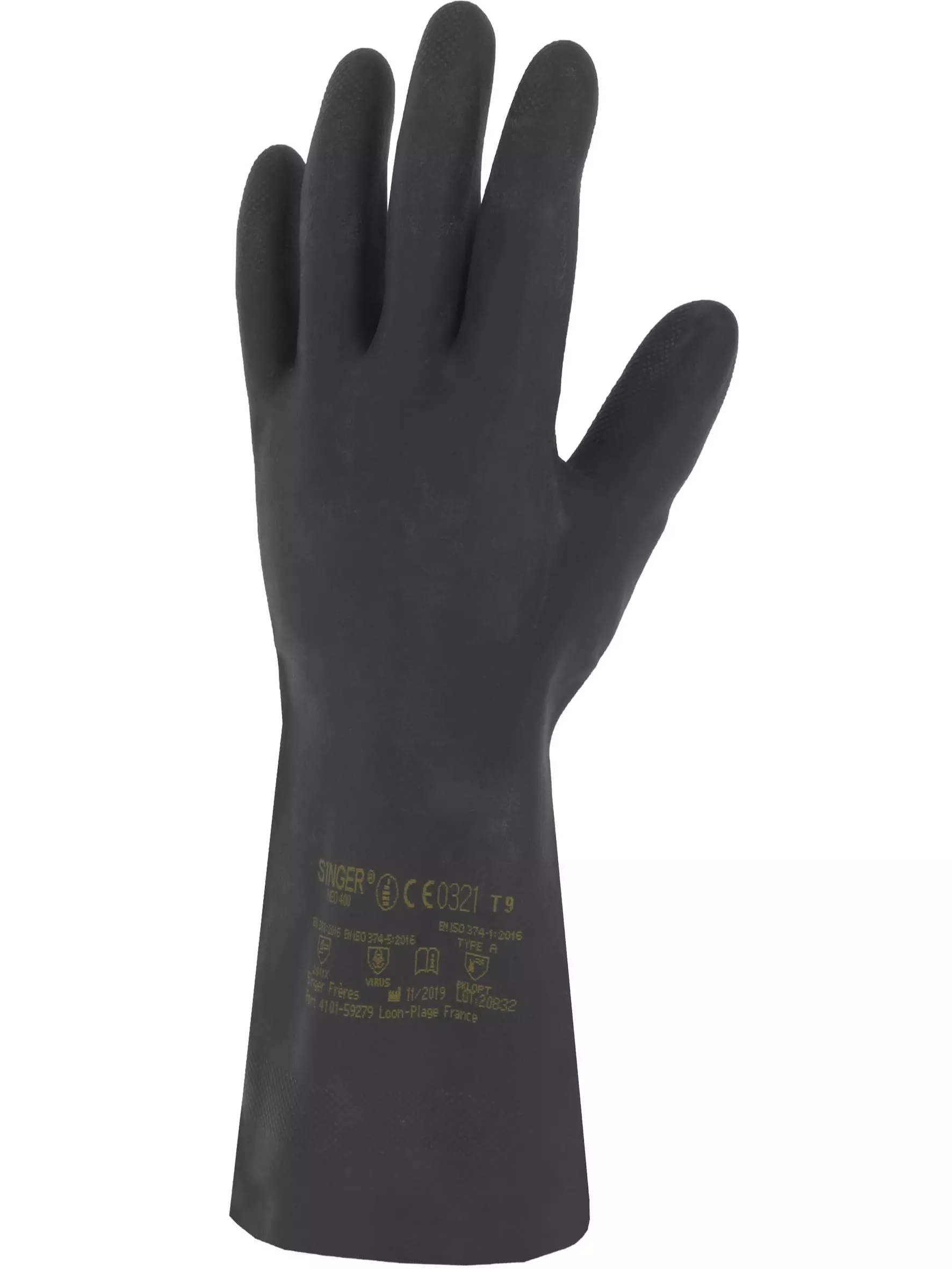
Features You'll Love
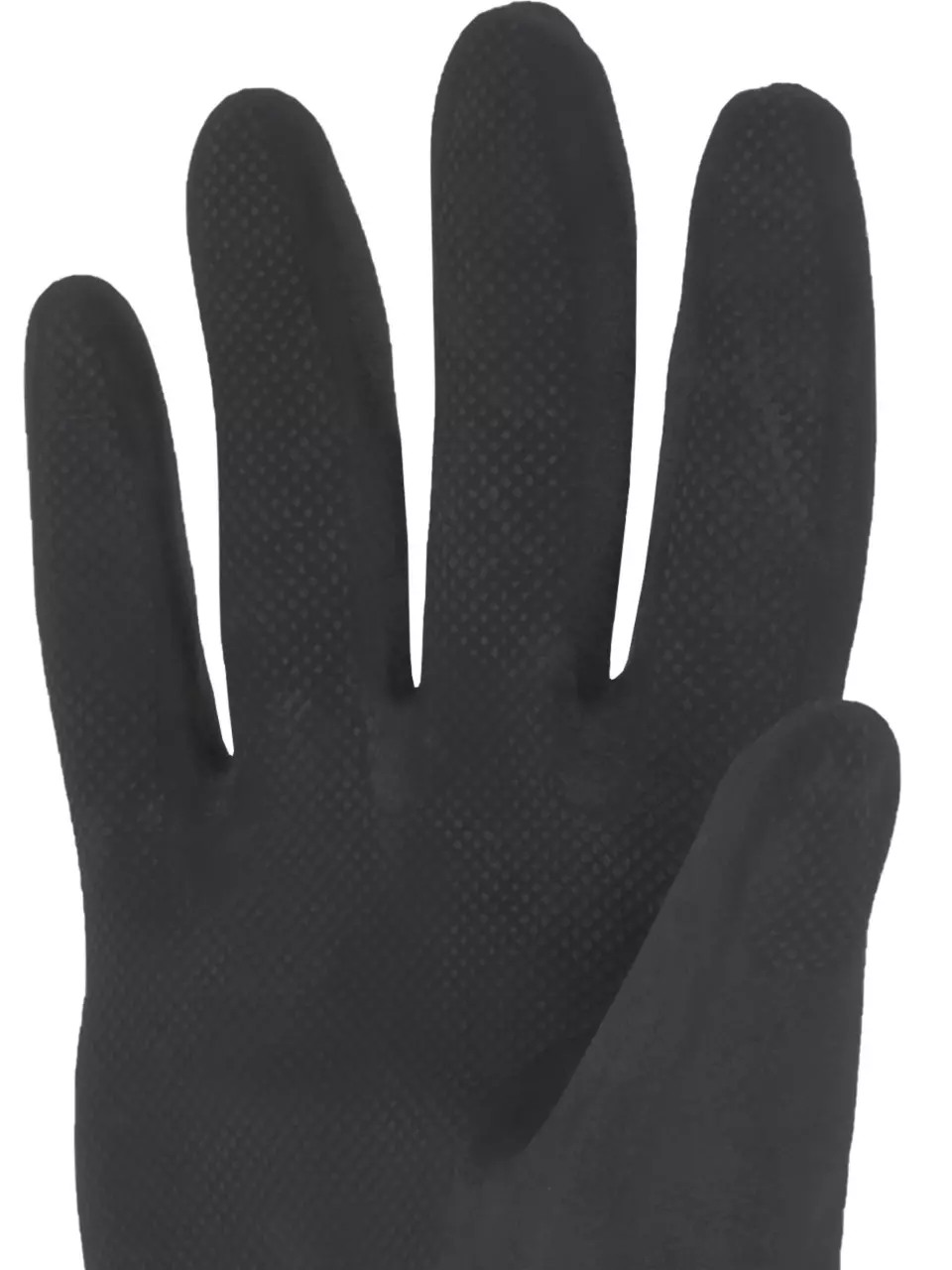
Grip Finish · Embossed
The surface texture or coating on the palm and fingers that determines how securely the gloves can grip tools, materials, and surfaces during work tasks.
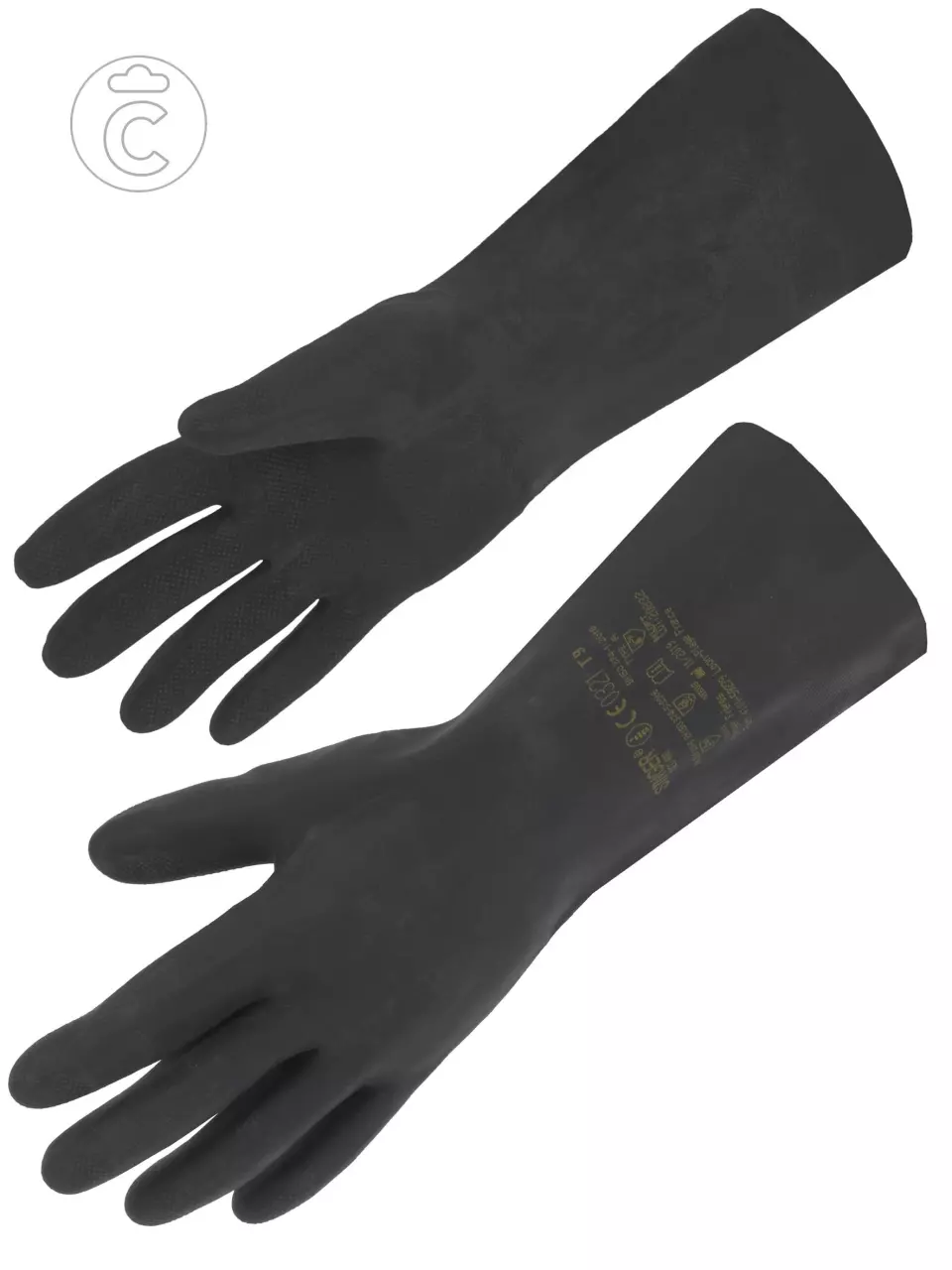
Cuff Style · Open
Determines how the glove secures around the wrist, affecting fit, protection from debris, and ease of putting gloves on and taking them off.
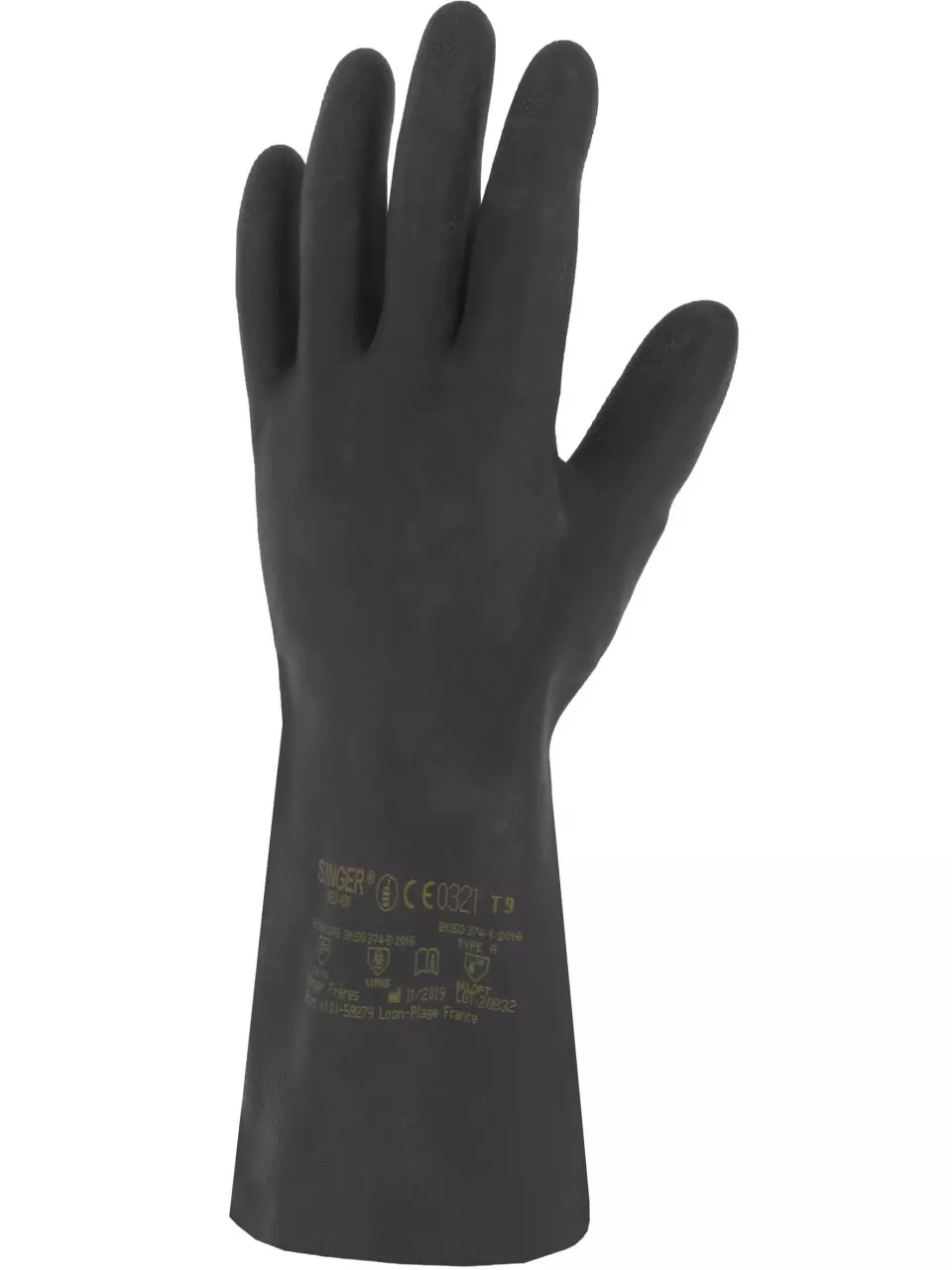
EN 388 · Abrasion Resistance Level 2, Tear Resistance Level 1
Withstands moderate rubbing and friction, offering good protection for tasks involving handling rough materials.
Provides basic resistance against snagging or catching on rough surfaces, offering minimal protection from tearing.
Singer Safety
Chemical Resistant Gloves, 10 pairs
Chemical Resistant Gloves, 10 pairs
4.3 / 5
33,71 €
Price per 10 pairs
3,37 € / pair
Choose size
Shipping fee is 7,95 € for orders under 80,00 €
Features You'll Love

Grip Finish · Embossed
The surface texture or coating on the palm and fingers that determines how securely the gloves can grip tools, materials, and surfaces during work tasks.

Cuff Style · Open
Determines how the glove secures around the wrist, affecting fit, protection from debris, and ease of putting gloves on and taking them off.

EN 388 · Abrasion Resistance Level 2, Tear Resistance Level 1
Withstands moderate rubbing and friction, offering good protection for tasks involving handling rough materials.
Provides basic resistance against snagging or catching on rough surfaces, offering minimal protection from tearing.
Product description
These professional chemical protection gloves feature a fully coated polychloroprene construction with cotton flock lining for enhanced comfort during extended wear. Designed for use in aggressive environments, they offer Type A chemical resistance against multiple substances (BKLOPT) and protection against viruses and micro-organisms. The anatomical shape, embossed palm finish, and 330 mm length provide superior grip, dexterity, and splash protection for demanding applications.
Product Features:
- Unsupported glove construction for maximum flexibility and tactile sensitivity
- Polychloroprene coating provides comprehensive chemical resistance
- Embossed palm finish ensures improved grip in wet and dry conditions
- Cotton flock lining enhances comfort and moisture absorption
- Straight edge wrist design for secure fit and protection
Technical Details:
- Average length: 330 mm for extended forearm protection
- Average thickness: 0.68 mm for balanced protection and dexterity
- Type A chemical resistance (BKLOPT) against multiple chemical substances
- Mechanical protection rating: EN 388 (2011X)
- Virus and micro-organism protection certified (EN 374-5)
Recommended Applications:
- Chemical industry environments
- Heavy industrial settings
- Light manufacturing operations
- Agricultural chemical handling
- Maintenance work in aggressive environments
Standards:
- EN ISO 21420:2020 for general glove requirements
- EN 388:2016+A1:2018 (2011X) for mechanical risks
- EN ISO 374-1:2016 Type A (BKLOPT) for chemical protection
- EN 374-5:2016 VIRUS for biological protection
- Category III PPE under European Regulation (EU) 2016/425
EAN: 3660514037793, 3660514037809, 3660514037823, 3660514037830, 3660514037854, 3660514037861, 3660514037885, 3660514037892, 3660514015654, 3660514015661
